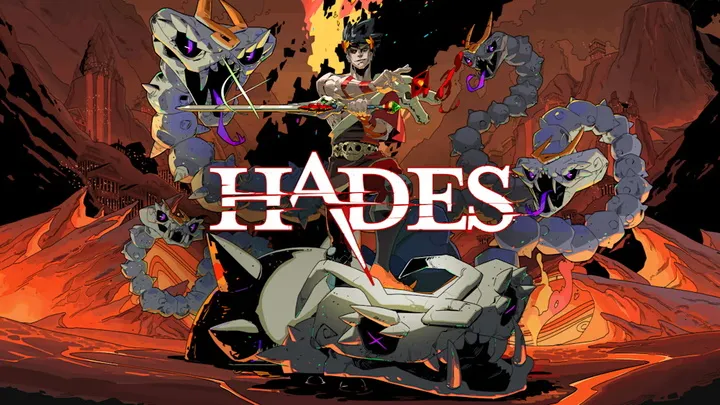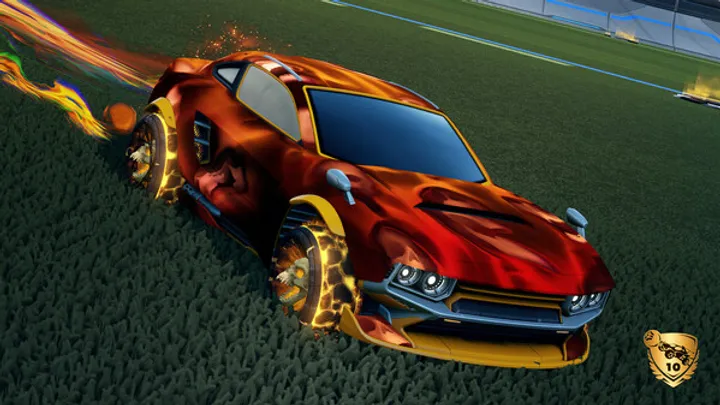Introduction
Gorilla Tag has quickly become one of the most popular VR games, thanks to its unique locomotion system and intense player-versus-player chases. Unlike most VR titles that rely on thumbsticks or teleportation, Gorilla Tag makes you move using only your arms. By pushing off walls, swinging with momentum, and climbing with sheer effort, you become a virtual gorilla running through forests, caves, and futuristic maps.
While the premise is simple—avoid being tagged or chase down opponents—the learning curve is steep. Many new players struggle with stamina, movement efficiency, and tactics. That’s where this guide comes in. We’ll break down everything from the basics of locomotion to advanced jukes, climbing strategies, and social play. Whether you’re a beginner or a seasoned gorilla, these tips will help you elevate your gameplay.
1. Getting Started with Gorilla Tag
When you first jump into Gorilla Tag, the controls may feel awkward. Moving without joysticks means you rely entirely on physical arm movements. This makes the game both physically demanding and uniquely immersive.
New players should begin by learning basic movements in safe zones or private lobbies. Expect to stumble at first, but with practice, you’ll notice improvements in speed and accuracy. The beauty of Gorilla Tag is that movement becomes second nature over time, almost like riding a bike.
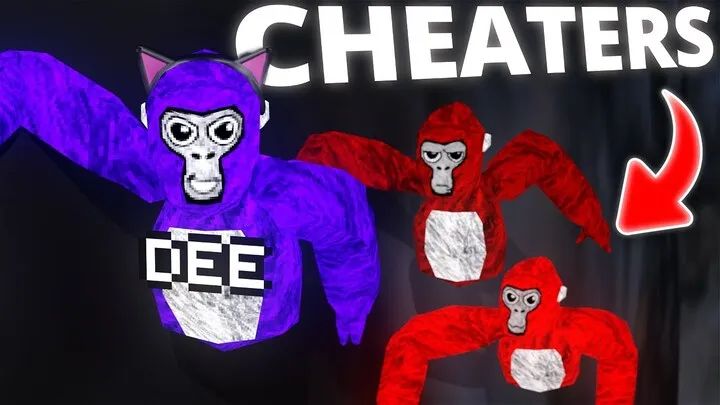
Key Beginner Tips
- Spend at least 15–30 minutes in practice lobbies.
- Don’t focus on tagging others yet—focus on learning to move efficiently.
- Experiment with arm length and swing strength.
2. Mastering Locomotion and Arm Movement
The foundation of Gorilla Tag is arm-based locomotion. The stronger and smoother your movements, the faster and more agile you’ll become.
Forward Movement
To move forward, push down on the ground behind you with alternating arms. Short, quick pushes are good for precision, while longer, powerful pushes increase speed.
Climbing Basics
Use both arms to grab and pull yourself up surfaces. Gorilla Tag allows you to scale trees, walls, and ledges with momentum. Practice pulling with rhythm rather than raw force.
Movement Mistakes to Avoid
- Overexerting: Wasting energy with unnecessary swings.
- Choppy Movements: Small, uncoordinated pushes reduce speed.
- Ignoring Angles: Always push at a forward angle, not straight down.
3. Building Speed and Momentum
Speed is essential for escaping or chasing. The fastest players use physics to their advantage.
Momentum Tricks
- Slopes and Ramps: Push off ramps at an angle for a burst of speed.
- Arm Swings: Use wide, strong swings to cover ground quickly.
- Leap Timing: Combine arm thrusts with jumps for explosive bursts.
Practice Drills
- Sprint laps around the map using long swings.
- Practice jumping from one tree branch to another.
- Challenge yourself to cross areas without touching the ground.
4. Climbing and Wall Running
Climbing separates casual players from experts. Mastering walls gives you escape routes and advanced chase techniques.
Climbing Techniques
- Tree Climbing: Hug the tree, alternate arm pulls to climb smoothly.
- Wall Climbing: Place hands flat against walls, push upward with rhythm.
- Pole Grabbing: Wrap both arms around poles and shimmy upward.
Wall Running
Some maps allow players to run sideways along walls by bouncing hand-to-wall repeatedly. It requires timing and angle precision.
Benefits of Climbing
- Creates vertical escape options.
- Lets you spot enemies from above.
- Useful for jukes and sudden retreats.
5. Jukes, Dodges, and Evasion
Evasion is just as important as chasing. Knowing how to juke opponents will keep you in the game longer.
Common Jukes
- Fake Turn: Pretend to go one way, then quickly swing in the opposite direction.
- Wall Bounce: Use walls to bounce off at unexpected angles.
- Tree Spin: Run around a tree in circles to throw off chasers.
Juking Tips
- Keep movements unpredictable.
- Use sudden pauses to fake out fast players.
- Always be aware of escape routes before engaging.
6. Tagging Strategies
Tagging isn’t just about speed—it’s about predicting movement.
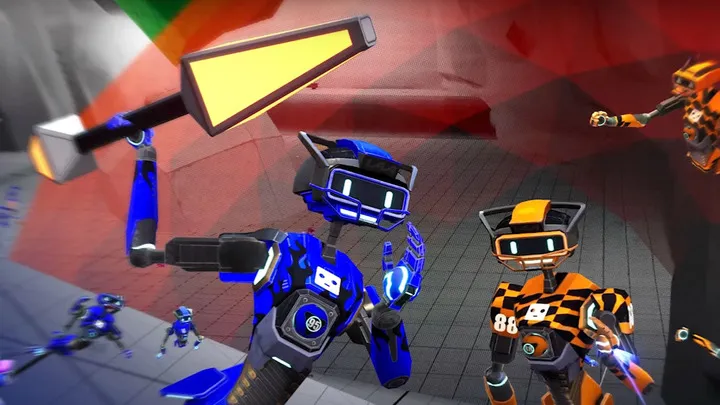
Predictive Tagging
Instead of chasing directly, anticipate where an opponent will move next. Experienced players cut off escape routes instead of trailing behind.
Pressure Tactics
- Corner opponents against walls.
- Force them into areas with fewer escape options.
- Tag when they’re climbing slowly or stuck.
Teamwork in Tag Modes
In Lava or Infection modes, work with teammates to box in survivors. Two or more gorillas coordinating can corner opponents easily.
7. Managing Stamina and Physical Endurance
Gorilla Tag is surprisingly exhausting. You’ll be using real physical energy to move, so endurance plays a big role.
Stamina Tips
- Pace yourself—don’t swing wildly at all times.
- Use efficient pushes instead of frantic ones.
- Rest arms when safe.
Fitness Benefits
Playing regularly can improve upper body strength and cardiovascular endurance. Treat Gorilla Tag like a workout session—stretch before playing and cool down after.
8. Map Awareness and Environment Mastery
Every map in Gorilla Tag has unique structures, hiding spots, and movement styles.
Key Maps
- Forest: Beginner-friendly, lots of trees and open ground.
- Caves: Dark with echo effects, ideal for jukes and ambushes.
- Mountains: Slopes and icy surfaces for high-speed chases.
- City/Plaza: Compact with buildings for parkour-style play.
Learning Map Shortcuts
- Identify high-traffic areas for easier tagging.
- Practice climbing unique landmarks.
- Memorize escape routes specific to each map.
9. Playing Socially and With Etiquette
Gorilla Tag has a strong community. How you interact socially makes the game more enjoyable.
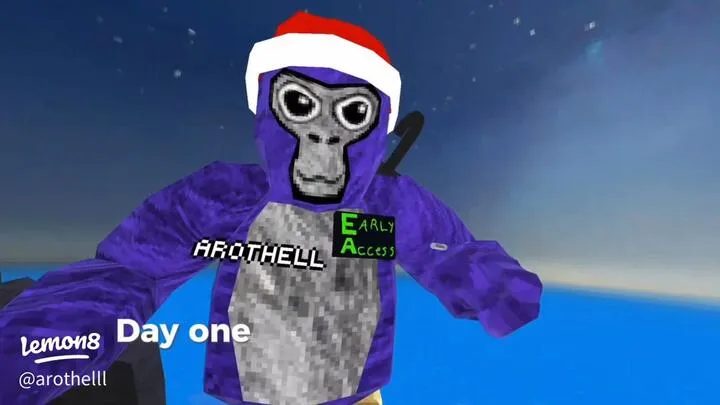
Social Play
- Join private lobbies with friends for casual fun.
- Participate in community game modes beyond tag, like hide-and-seek.
- Share tips with newer players—it keeps the community healthy.
Etiquette Rules
- Don’t be toxic or overly aggressive.
- Avoid exploiting glitches in public lobbies.
- Respect VR boundaries—everyone’s playing space differs.
- 10. Advanced Skills and Future Growth
Once you’ve mastered basics, there are advanced mechanics that can elevate your skills further.
Advanced Techniques
- Branch Hopping: Move seamlessly between treetops without touching the ground.
- Wall Scaling: Combine wall climbing and wall running to cover vertical distances quickly.
- Juke Combos: Mix multiple evasion moves in quick succession.
Staying Competitive
- Watch pro players and content creators.
- Practice in competitive lobbies.
- Stay updated with game patches and new maps.
Conclusion
Gorilla Tag is more than a VR game—it’s a workout, a community, and a test of creativity in movement. By mastering locomotion, climbing, jukes, and map awareness, you can dominate in matches while also enjoying the social fun of VR. The beauty of Gorilla Tag lies in its simplicity: the better you move, the better you play. Over time, your gorilla instincts will sharpen, turning every chase into a thrilling contest of skill.
With these tips and guides, you’re equipped to not only survive but thrive. Keep practicing, stay respectful, and remember—sometimes the best taggers aren’t the fastest, but the smartest.











